Role-Based Access Control (RBAC) in Identity and Access Management
February 20, 2024
|
Duration:
6
min READ

Role-Based Access Control (RBAC) is a cornerstone of Identity and Access Management (IAM), helping organizations manage user permissions in a structured and efficient manner. RBAC is rooted in the concept of least privilege, ensuring that users only receive the minimum level of access necessary to perform their duties.
In this post, I’ll explore role-based access control, including its key concepts, how roles are defined, and how it provides value to organizations.
What is Role-Based Access Control?
RBAC in IAM is a framework that assigns system access based on a user's role within an organization. In RBAC, roles are defined according to job functions and each role is associated with a set of permissions that specify allowable actions and access levels within a system. Users are then assigned to these roles, inheriting the permissions associated with them.
This approach simplifies and streamlines access management, as permissions are managed at the role level rather than individually for each user.
Core Concepts of RBAC
RBAC operates on three fundamental concepts:
- Roles: Roles are the backbone of RBAC and defined according to job functions. For example, a 'Financial Analyst' role will have different access rights compared to an 'IT Administrator' or ‘Marketing Manager’.
- Permissions: Each role is assigned specific permissions that dictate what actions the user can perform, such as reading, editing, or deleting files.
- Users: Individuals are assigned roles based on their job functions, and they inherit the permissions associated with these roles.
How Roles are Defined in RBAC
Defining roles in RBAC is a process of identifying and categorizing the various job functions and responsibilities within an organization to establish clear, function-specific access rights. Here's an overview of the process:
- Identify Job Functions: Start by listing all job functions within the organization. This includes roles like IT Administrator, HR Manager, or Sales Representative.
- Determine Access Requirements: For each role, determine the specific access needs based on job responsibilities. For instance, an HR Manager may need access to employee records but not to financial data.
- Assign Permissions: Define the specific permissions or access rights each role requires. Permissions could include read, write, delete, or execute actions on certain data or applications.
- Create Role Hierarchy: Often, roles are organized in a hierarchy. Higher-level roles might inherit permissions from lower-level ones, adding efficiency and consistency to the permissions structure.
Types of Roles in an Organization
In the context of Role-Based Access Control (RBAC) within an organization, roles can generally be categorized into four types: Enterprise, Business, Departmental/Functional, and Application/Technical. Each of these plays a unique part in the overarching structure of access management.
- Enterprise Roles: These are high-level roles, often encompassing broad access rights across the organization. They include roles like CEO, CFO, or other executive positions. Establishing enterprise roles is relatively straightforward due to their overarching nature and the clear-cut responsibilities.
- Business Roles: These roles are more nuanced and are defined based on specific business processes. Roles like Project Manager, Sales Lead, or Marketing Analyst fall under this category. Defining business roles can be challenging due to the variability and dynamic nature of business processes.
- Departmental/Functional Roles: These roles are specific to departments or functions within the organization, such as HR Manager, IT Support, or Legal Advisor. The complexity in defining these roles arises from the need to balance department-specific access requirements with overall organizational policies and security standards.
- Application/Technical Roles: At the other end of the spectrum are technical roles that focus on specific applications or systems, such as Database Administrator, Network Engineer, or Application Developer. These roles are generally easier to define and manage, as they are based on clear technical requirements and access needs.
Role Complexity and the Value of AI/ML
The complexity in defining and managing roles increases as one moves from enterprise to departmental/functional roles. AI/ML algorithms can help by analyzing large datasets to offer insights that help accurately define business and departmental roles.
By automating and optimizing the role definition process, AI/ML can significantly reduce the complexity and time involved in managing these intermediate roles. AI/ML can also continuously monitor and adjust these roles in real-time, ensuring they remain relevant and secure as organizational needs and environments evolve.
The Cybersecurity and Business Benefits of RBAC
RBAC offers significant cybersecurity and business benefits, including:
- Enhanced Security: RBAC minimizes the risk of unauthorized access to sensitive data by ensuring users only have the necessary permissions for their roles, adhering to the principle of least privilege.
- Improved Compliance: It helps organizations meet regulatory requirements by clearly defining and controlling access to resources, making compliance audits more straightforward.
- Operational Efficiency: By managing permissions at the role level, RBAC simplifies the administrative process of granting and revoking access, saving time, and reducing errors.
- Scalability: RBAC can easily accommodate growth, as adding new users or changing roles involves simply assigning or reassigning pre-defined roles.
- Reduced Insider Threats: Limiting access to essential resources only reduces the potential for insider threats and accidental data breaches.
- Transparent Access Management: RBAC provides a transparent, organized framework for access management, allowing for easier monitoring and auditing of user activity.
Final Thoughts
Role-Based Access Control is a foundational element of modern IAM programs, providing a structured and secure approach to managing access rights. By aligning user permissions with organizational roles, RBAC enhances security, increases organizational efficiency, and adapts to changing needs, making it a vital piece of all IAM programs.
Authors
No items found.
Workforce Identity
Advisory
No items found.
.svg)

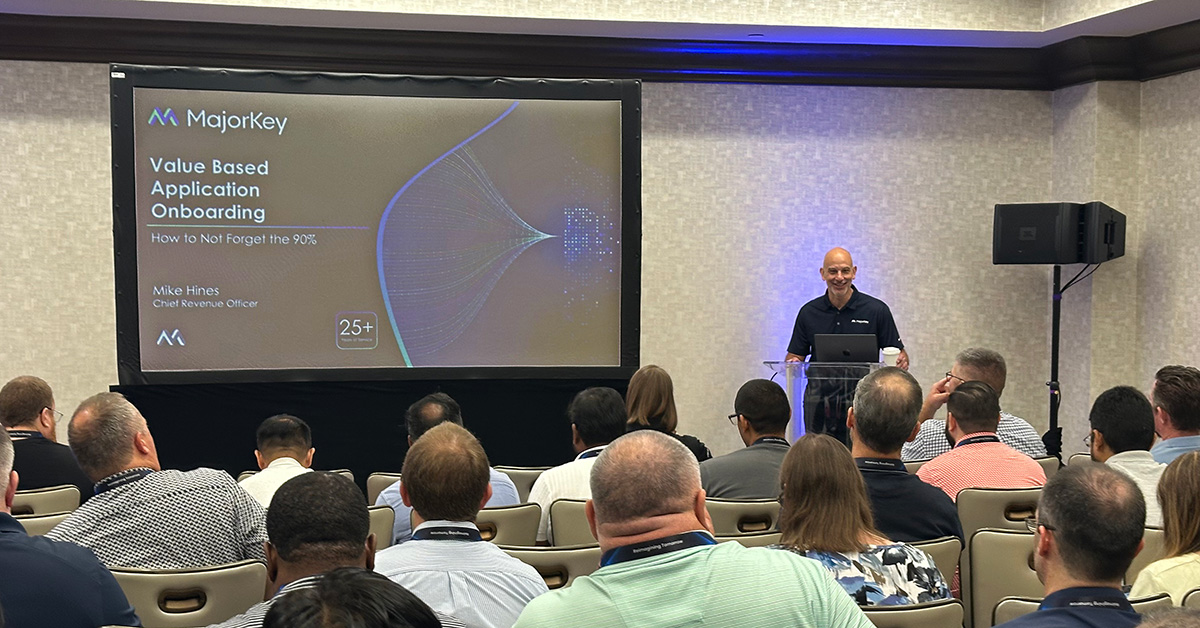




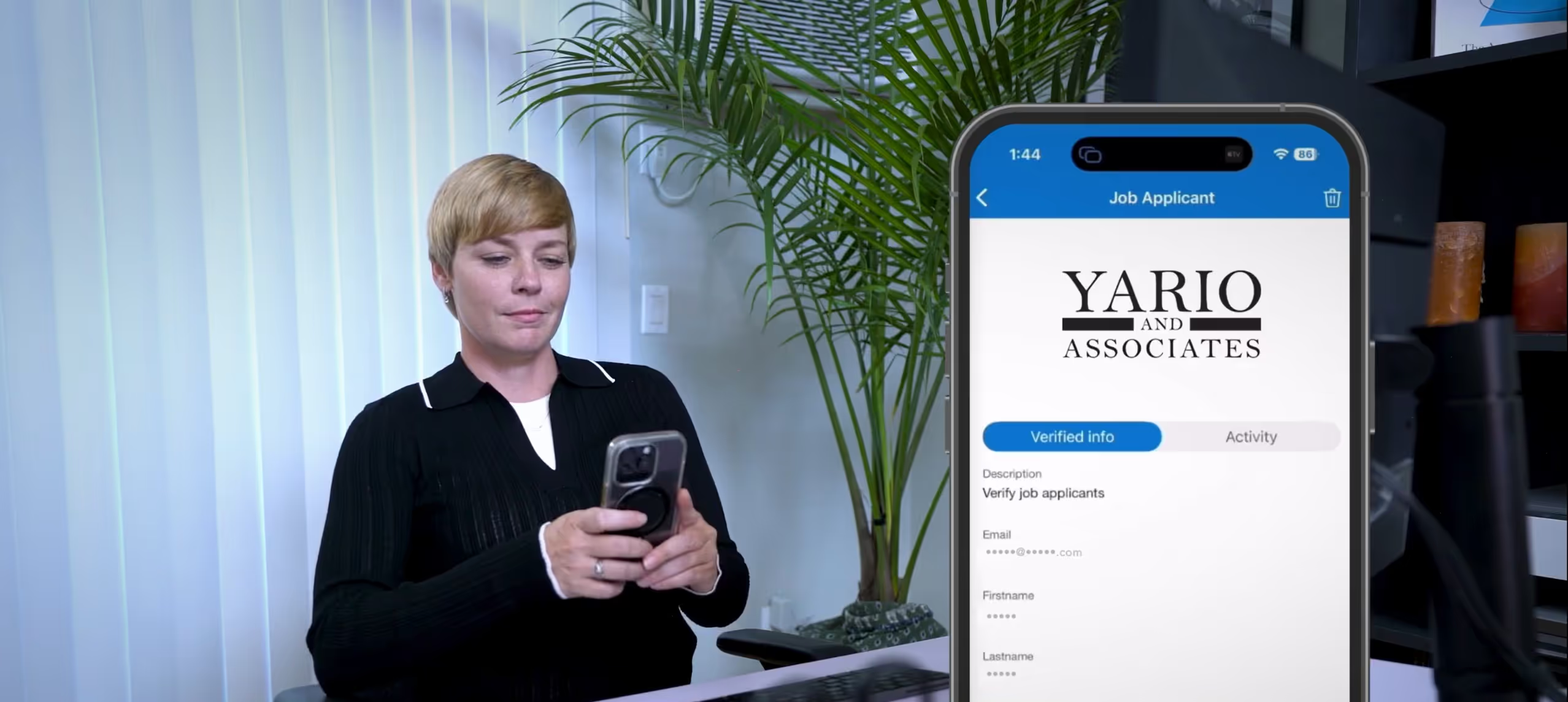



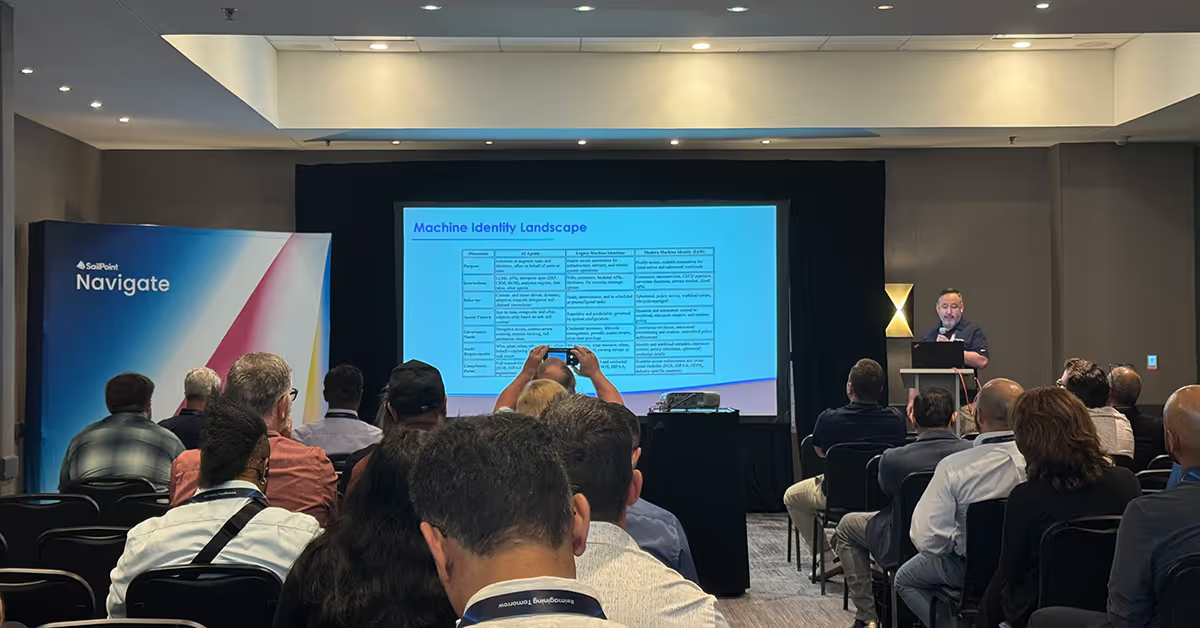
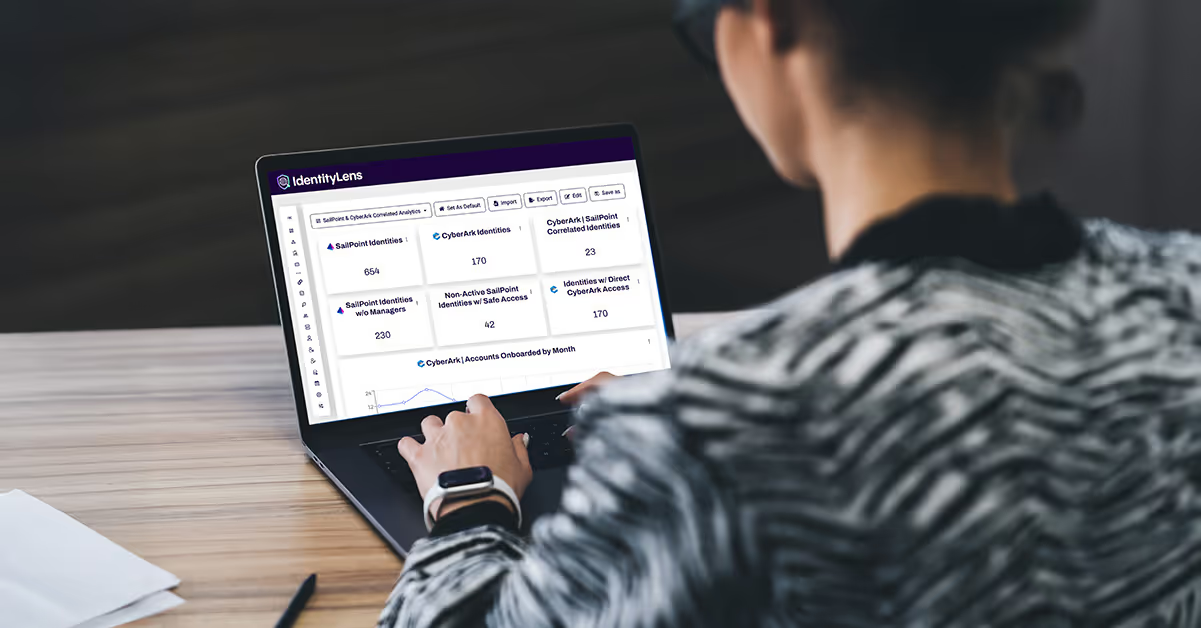
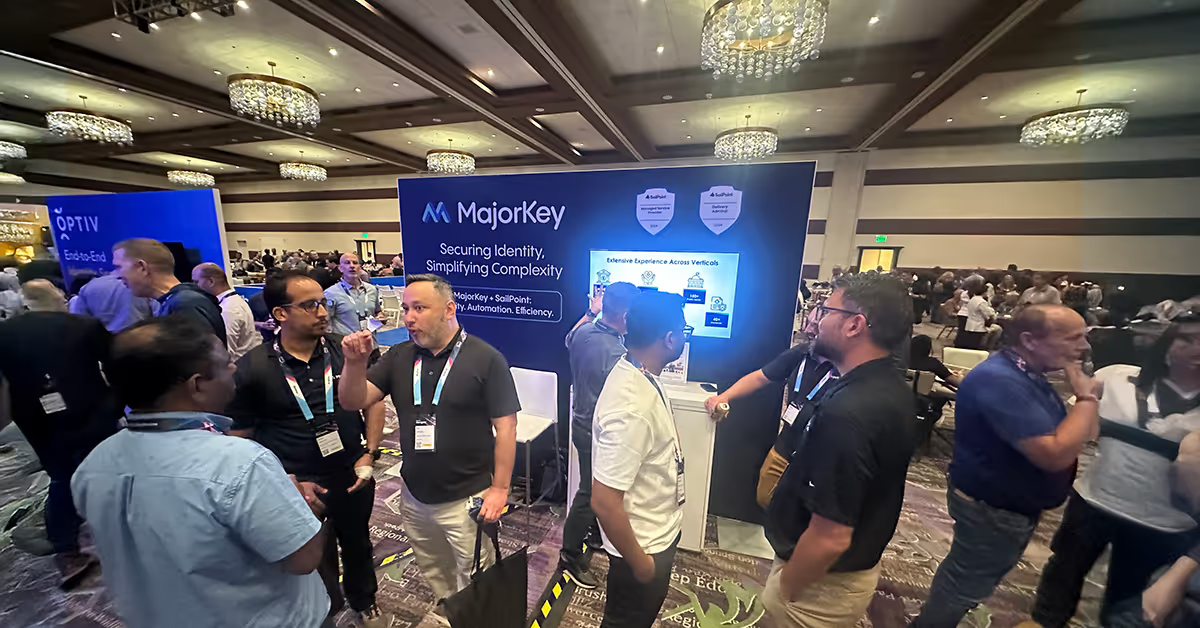






.svg)
